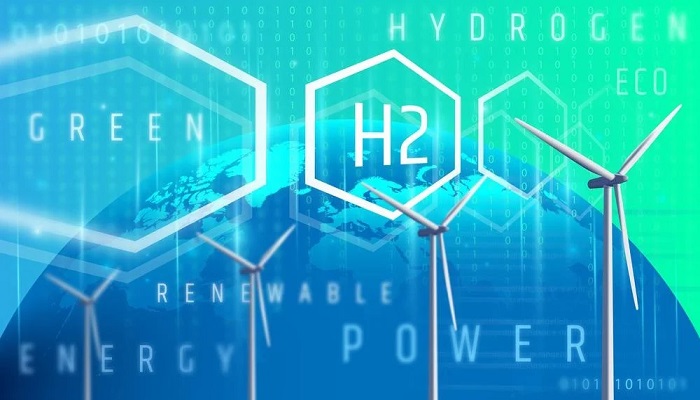Germany’s updated hydrogen strategy, revealed on July 26th, places significant importance on hydrogen imports from Denmark and Norway. To mitigate emissions, the strategy focuses on producing “blue hydrogen” from fossil gas using CCS (Carbon Capture and Storage) technology. This clean-burning hydrogen fuel is anticipated to play a vital role in Germany’s energy transition, serving as a feedstock for steelmaking, the chemicals industry, and heavy-duty transport.
The strategy, which was initially adopted in 2020, has been updated to align with the changing gas market dynamics since Russia’s invasion of Ukraine last year. The updated plan aims to reach hydrogen demand of 95-130 Terawatt-hours (TWh) by 2030, a slight increase from previous projections. While Germany intends to produce more hydrogen domestically through environmentally-friendly water electrolysis, the rest of the demand is expected to be met through imports.
To achieve this, Germany plans to import “pure” hydrogen primarily via pipelines from Norway and Denmark, with discussions also underway with other countries. Additionally, hydrogen derivatives such as ammonia will arrive in German ports. To facilitate transportation, Germany is working on establishing a 1,800-kilometer-long hydrogen pipeline network by 2028.
One significant shift in the new strategy is Germany’s commitment to “blue” hydrogen production, which involves using fossil fuels with CO2 capture and storage. This decision was influenced by pressure from Norway and the business-friendly FDP party. However, some critics argue that blue hydrogen is more harmful to the climate and costlier than green hydrogen, which is produced using green electricity.
Germany also seeks unified EU specifications and ambitious greenhouse gas emission limits for blue hydrogen and a common EU approach to carbon capture and storage. The European Commission has already set a target for 50 million tonnes of annual carbon dioxide injection capacity by 2030 to support carbon capture.
Given the importance of hydrogen imports, Germany is expected to announce an import strategy in 2023. This strategy is likely to prioritize hydrogen pipelines over shipments, with Europe having precedence. Imports from third countries must adhere to EU standards, and the focus will be on a diversified portfolio of exporting countries that meet minimum standards and are subject to a recognized certification system for hydrogen. However, large-scale extraction of “white” hydrogen, a high-potential natural source, is not feasible in Germany.





































